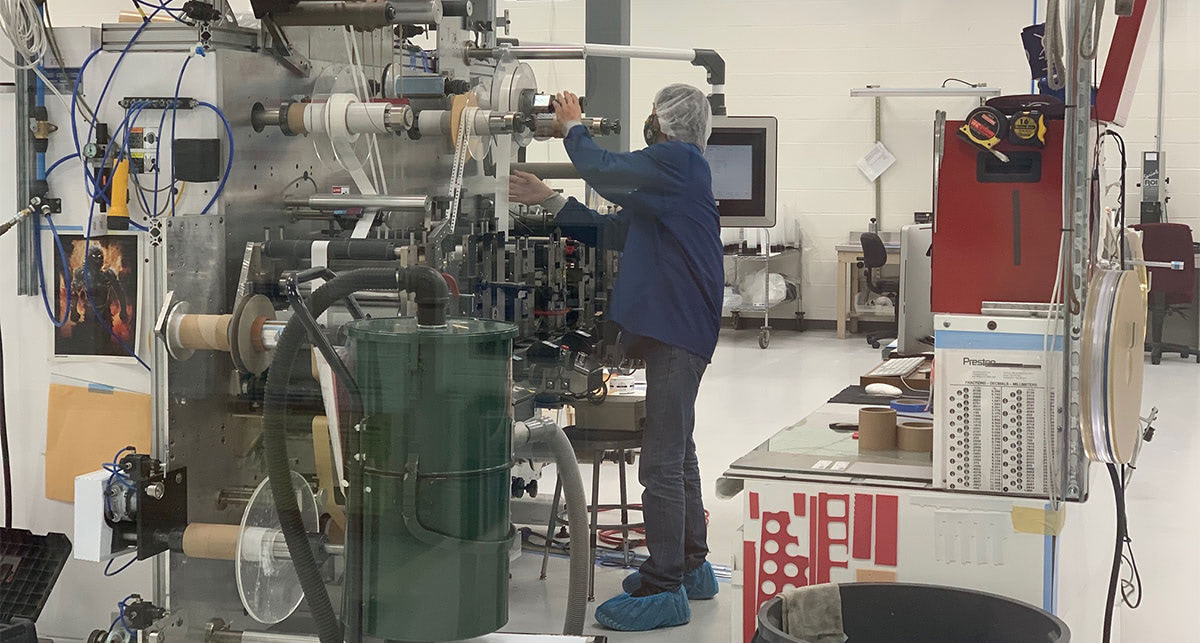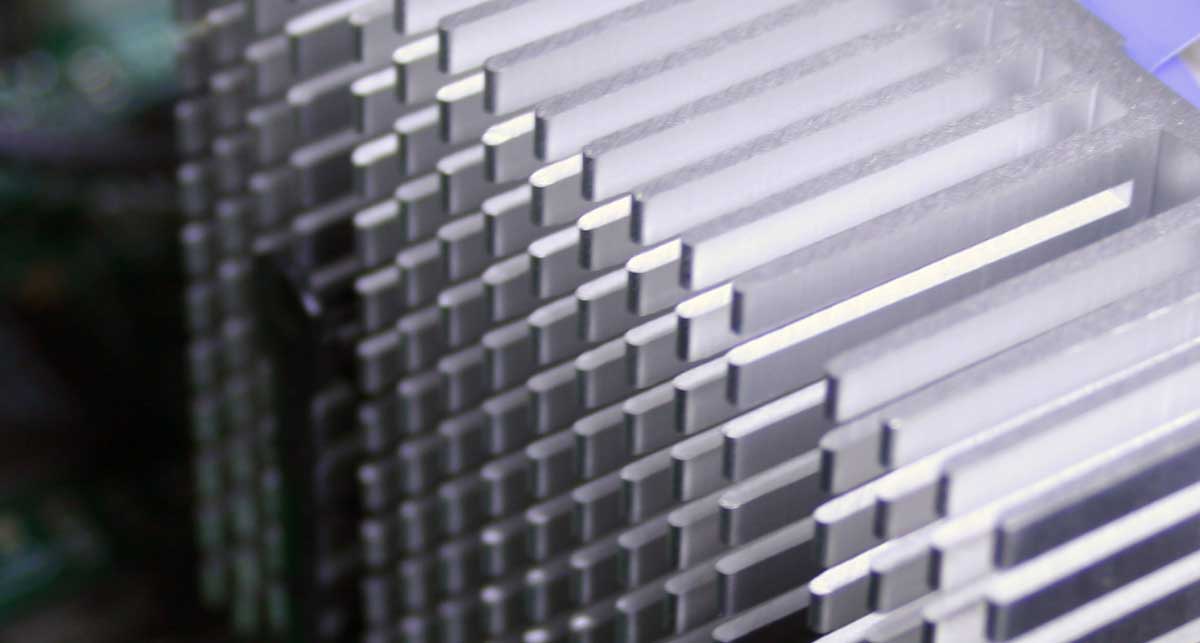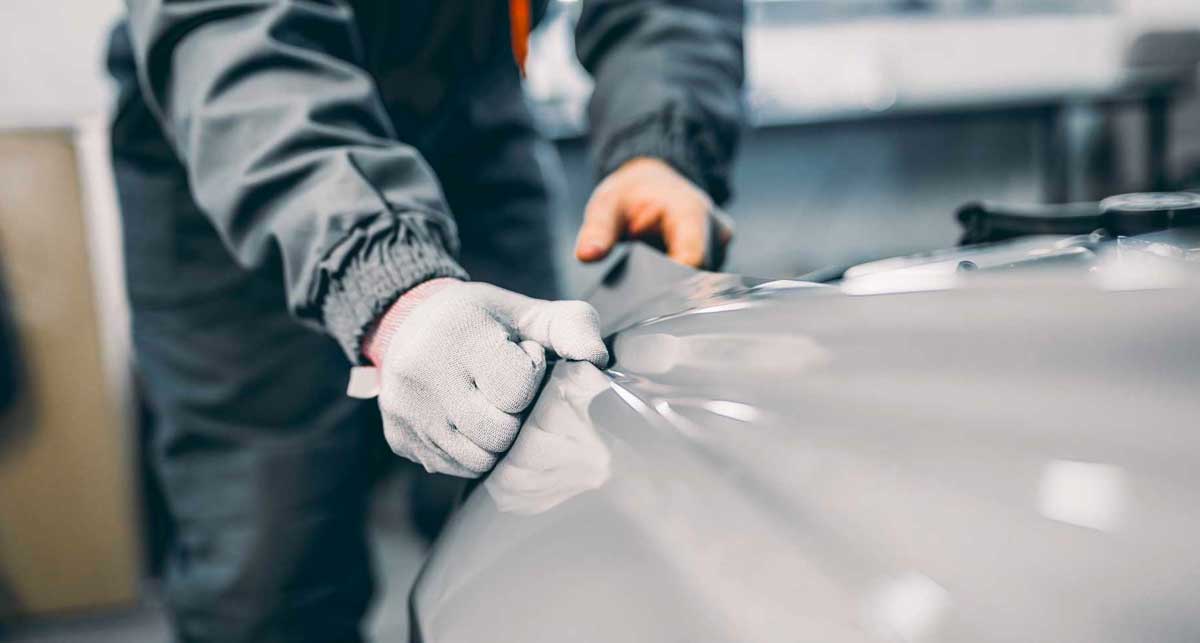At least 8.4 million Americans rely on insulin to survive. That’s about 2.34% of the entire U.S. population, and it’s projected to keep growing.
As a result, biomedical companies are always looking for ways to improve diabetes wearables so patients can receive more reliable insulin delivery and better care. A big part of that is designing products that are easier to make and partnering with manufacturers they can trust
Strouse is honored to help innovative companies develop adhesive parts for diabetes technologies such as continuous glucose monitors (CGMs), insulin pumps, and smart insulin pens.
If you want to build cutting-edge diabetes wearable technology, keep reading to learn how the adhesive attachments evolve and where a converter can help you succeed.
How Are Modern Adhesives Helping Diabetes Tech Evolve?
Growing up, my grandpa always had to leave the dinner table to test his blood glucose levels. Now, thanks to modern skin adhesives and wearable technology, our family can help him monitor them in real time. This wouldn't be possible without diabetes product innovation.
Companies must continue to build smarter adhesive designs to advance the standard for diabetes management. The following list highlights examples of adhesive innovation that are improving diabetes care.
1. SENSOR OVERLAYS / OVERPATCHES
Sensors have an unfortunate tendency to get caught on clothing, which can be uncomfortable for the user. Adhesive overpatches can help prevent friction by reducing the tension placed on the device adhesive. In addition, these overlays seal out moisture and particles for a better wear experience.
2. COMBINING SENSORS AND DELIVERY SYSTEMS
Diabetes management typically involves measuring blood glucose and injecting the proper insulin dosage to counter it, lowering blood glucose levels. This multi-step process can result in patients needing multiple devices: the CGM adhesive sensor and an insulin pump attachment. For this reason, one prominent area of innovation in diabetes technology is combining and/or pairing the monitoring and delivery systems.
- ALL-IN-ONE PUMPS
In theory, combining CGM adhesive patches and insulin pump attachments would reduce application steps to improve the customer experience, while helping diabetes tech manufacturers condense their processes. However, several design challenges stand in the way of these goals.
Firstly, placing a delivery system too close to the testing site can result in a false positive or negative feedback loop. Secondly, infusion sets (which connect the pump to the body) must be changed and moved far more frequently than CGM sensors.
Despite these challenges, many biomedical companies are working to build new device stack-ups with skin-safe adhesives for tubeless pumps to create an all-in-one diabetes solution.
- SENSOR AUGMENTED PUMPS
Sensor-augmented pumps (SAPs) enable users to pair the CGM and pump system together, allowing both devices to share information. These are commonly used with automated insulin delivery (AID) systems, which use an algorithm to predict the ideal amount of insulin based on this data.
AID systems are designed to detect changing blood sugar levels, primarily in people with type 1 diabetes, and deliver insulin accordingly. This technology can be called a “closed-loop system” or an “artificial pancreas.”
CGM sensors and pump systems require skin adhesives that can withstand their allotted wear time. For instance, the sensor may use a stronger adhesive, such as skin-safe acrylic or rubber, which could last for over a week or two. Meanwhile, an infusion set might use a gentler silicone pump patch that can be replaced or repositioned more frequently.
Ultimately, it all comes down to your product's wear time.
3. EXTENDING WEAR TIMES
Stick-to-skin adhesives come in short- and long-term variations; however, skin adhesives for CGM purposes are often long-term and aimed at reducing the frequency of device changes.
The necessity for durable skin tapes increases as devices are improved for extended use. To match these use cases, converters choose long-term skin contact tapes such as Avery Dennison’s MED 5744, designed to last up to 21 days under the strain of holding glucose monitors, insulin pumps, and other wearable devices.
Long-term adhesives must accommodate patients with sensitive skin to avoid skin irritation, which people with diabetes are prone to. As a result, engineers are constantly developing new skin adhesives that can match leading brand products with reduced irritation.
Converters like Strouse help companies verify materials using accurate prototypes before moving to full-scale production by offering adhesive product sampling services to test device attachment over extended periods.
Create a Wearable Diabetes Solution
Building a successful wearable adhesive isn’t quite as simple as learning how to ride a bike, but with the proper guidance and support, you’ll be riding in no time.
Start a project with Strouse today to improve the quality of your adhesive parts. Our advanced material prototyping capabilities and manufacturing processes will allow us to create products that meet your quality needs.
To learn more about our qualifications and background, see our experience building medical device attachment solutions such as pre-cut CGM patches. We can guide you from a complex design to a high-quality finished part.
Contact us if you have any questions about how we can help manufacture your part design.







